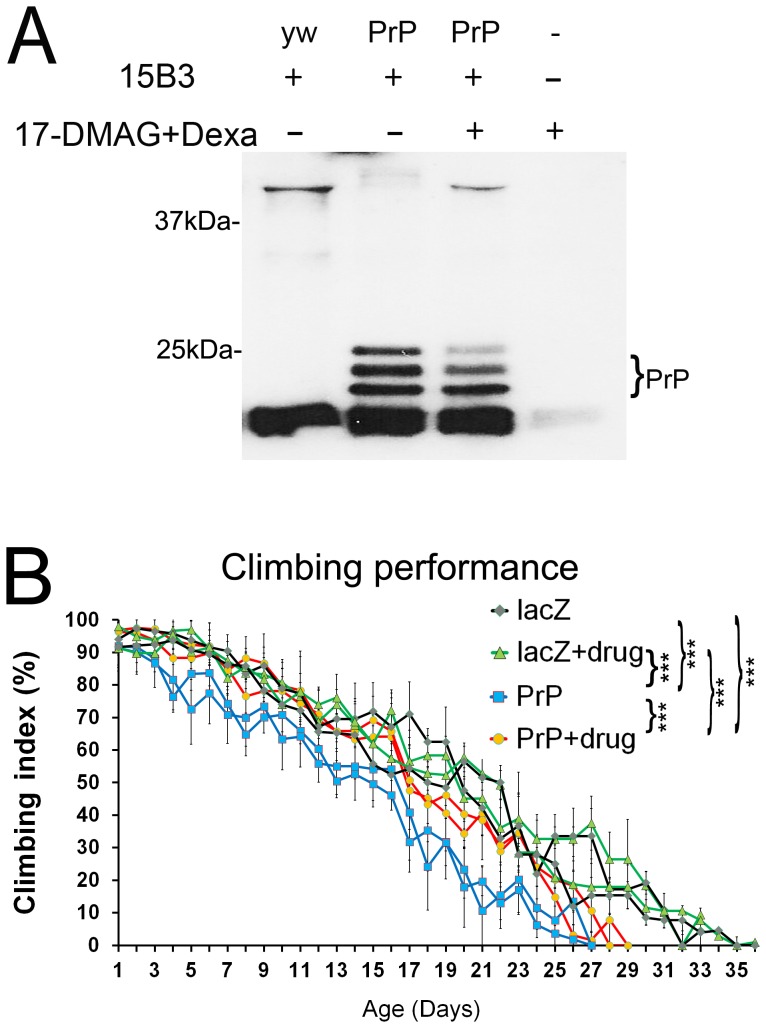Figure 4. Co-treatment of 17-DMAG and dexamethasone perturbs the accumulation of pathogenic PrP isoforms and improves locomotor dysfunction.
A, Flies expressing PrP ubiquitously (da>PrP-M6) were fed with 17-DMAG (96 µg/ml) and dexamethasone (24 µg/ml) during development and aged with the drugs for 30 days. Then, we subjected 30 day-old flies to immunoprecipitation with the 15B3 antibody and revealed PrP levels by western blotting. A control experiment with non-PrP flies (yw, lane 1) yielded only non-specific signal from antibody fragments. Flies expressing PrP accumulated 15B3-positive isoforms (lane 2), but when treated with the drug cocktail, less PrP was recognized by 15B3 (lane 3). A control experiment without fly homogenate or 15B3 produced no signal (lane 4). B, Climbing ability of adult females expressing LacZ or PrP-M9 in motor neurons with or without the drug cocktail. Non-treated flies expressing PrP in motor neurons (blue lines) induced locomotor dysfunction compared to LacZ flies (black line). PrP flies treated with the drugs (red line) performed significantly better than the non-treated flies. Statistical significance was analyzed by ANOVA multiple comparisons: ** p<0.01; *** p<0.001.

